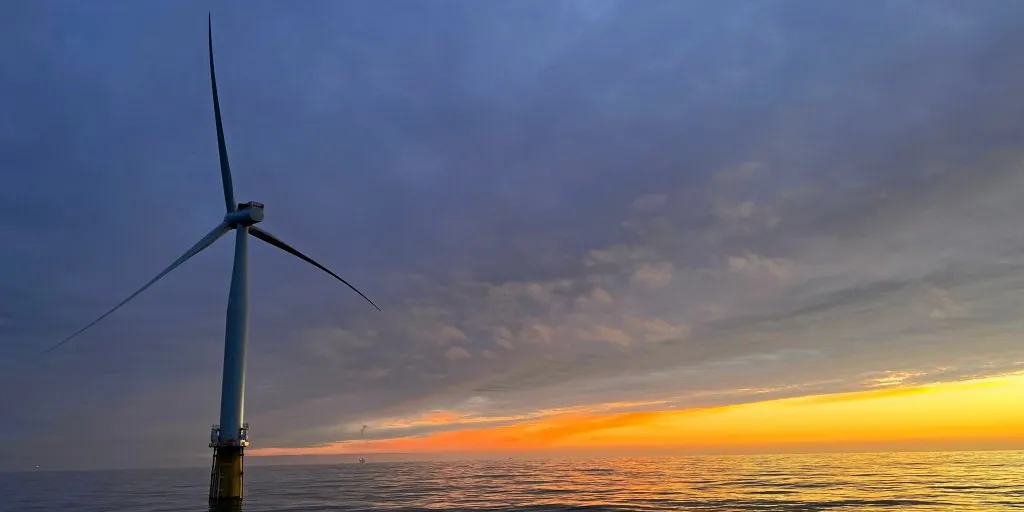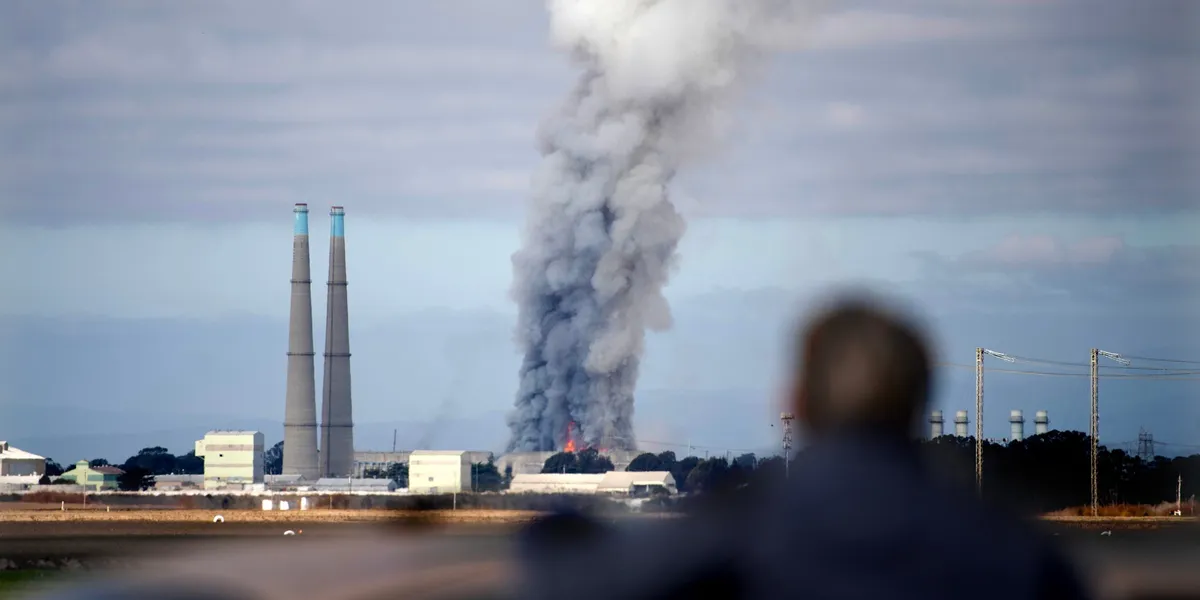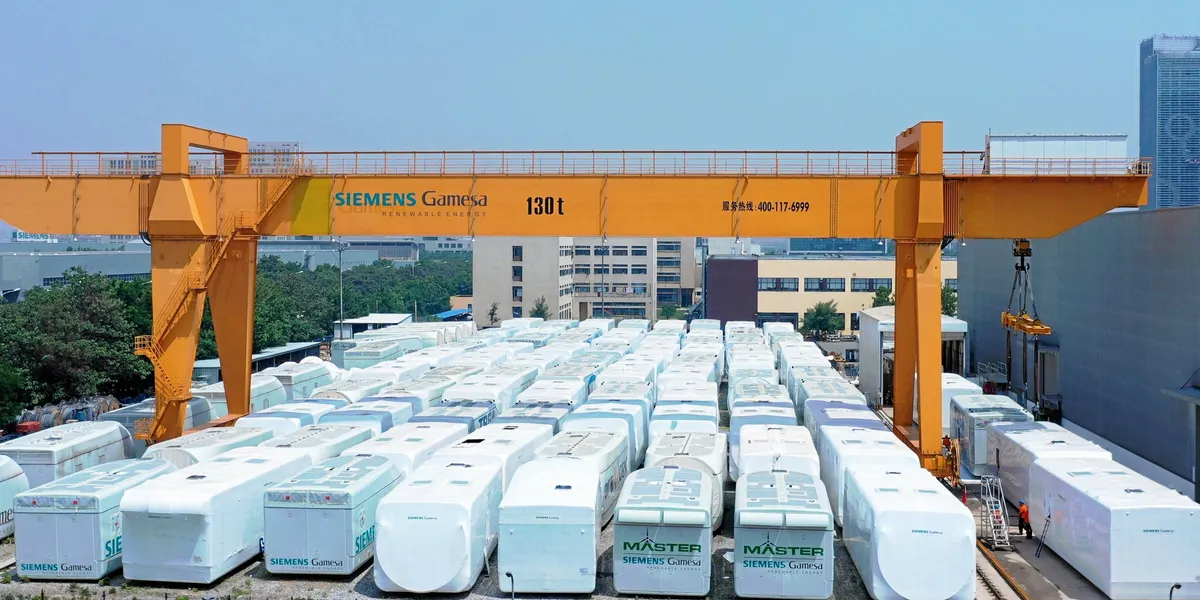The Midcontinent Independent System Operator (MISO) has introduced a new method for calculating capacity credit across all resource types. It’s called the Direct Loss of Load (DLOL) method, and MISO will start using it in the 2028/29 planning year.
In the meantime, the regional transmission operator will continue to provide capacity credit using the average Effective Load Carrying Capability (ELCC) for wind, a default 50% rating for solar in most seasons, and a 95% credit for storage until historical performance is established.
Under the DLOL method, storage appears to benefit more than solar because it is weighted toward performance during at-risk resource adequacy hours. Increasing storage capacity in the MISO interconnection queue and utility resource plans confirm that the time for storage has come to MISO.
How the DLOL Method Works
The Federal Energy Regulatory Commission (FERC) approved MISO’s proposed DLOL method last year. In it, MISO assigns an 80% weight to the performance of a resource and its unit within that resource category during the top 65 at-risk hours in each season. The remaining 20% weight is assigned to the remaining hours in that season. This 80/20 split applies in Step 2 of MISO’s accreditation method, when Resource Class-level UCAP is allocated to individual units; in Step 1, MISO instead uses a probabilistic weighting of Critical Hours across up to 1,950 hours per season.
As a result, solar projects will be at a disadvantage because solar power may not be available during typical peak hours, such as evenings in summer or morning ramp hours in the winter season. That makes the current MISO capacity credit for solar generous until the new process kicks in the 2028/29 planning year. Currently, MISO assigns 50% credit for all seasons for solar except for winter (5%). Even under the current process, MISO assigns the class average only for new units until they have performance data. Under the new process, solar is assigned a class average DLOL value that varies by season, much like the ELCC values that PJM calculates for its resource classes.
But energy storage could be at an advantage under this DLOL method. Storage can be discharged effectively on demand during those risky hours that MISO is concerned about, provided it has enough charge. Under MISO’s rules, this appears to be the case, as MISO plans to discharge storage only after exhausting thermal and other resources in its modeling. According to the transmission operator, storage will be discharged right before demand response programs are called upon to prevent brownouts in the Loss of Load Expectation models.
While modeling and market reality could be entirely different, MISO’s modeling makes storage a better choice for developers compared to solar, at least for now. Storage also has fewer land requirements in MISO’s site control requirements.
MISO currently has only 100-200 megawatts (MW) of storage interconnected, but a lot more is waiting in the queue to be studied.
MISO’s Current Generator Interconnection Queue
MISO has 53,000 MW of storage projects in the interconnection queue awaiting study. More than 15,000 MW is in Michigan alone. The current 2025 queue closes on October 7th, not September 26th as previously announced. MISO has a new portal for queue project intake. With the new Treasury guidance announced by the Trump administration, there is less uncertainty for projects entering MISO’s queue. Even if projects hit the cap in each MISO region, the situation remains positive because MISO has committed to studying projects submitted after the cap is hit in this cycle in the next queue cycle.
MISO is also finalizing rules for transmission for storage projects. It is a given that transmission owners in MISO will extract upgrades to the transmission to ensure that storage projects pay for charging from the transmission grid. However, both storage developers and MISO transmission owners must recognize that storage is exempt from paying for transmission if MISO calls upon it to discharge during reliability events. This rule is in MISO’s FERC Order 841 compliance proposal, which FERC approved. MISO is on the record stating that it has been seeing the need to trigger more emergency events than in the past, and that’s the reason for more reforms on the demand response side and even the capacity market reforms, such as moving to seasonal auctions conducted annually.
Whether MISO needs to call upon emergency declarations more in the future remains to be seen, but it is true per FERC-approved rules that storage does not have to pay for transmission if providing a reliability service. Therefore, energy storage offers additional benefits for transmission costs, in conjunction with the new DLOL method.
Energy Storage Capacity in Regional IRPs
Not only is storage increasing in the MISO generator interconnection queue, but there is a decent amount of storage capacity in most state Integrated Resource Plan (IRP) frameworks. Compared to PJM, most utilities in MISO states have a 2-, 3-, or 5-year cadence for filing their resource plans. Increasingly, storage capacity is being selected by the resource planning software.
For example, Ameren Missouri has 1,800 MW of energy storage capacity in its IRP, currently in front of the Missouri Commission for approval.
In Michigan, which is one of the 3 MISO states with enforceable decarbonization goals, Consumers Energy must “speed up deployment of energy storage resources from 2030 to 2024, aiming for 75 MW of storage by 2027 and 550 MW by 2040, and conduct two solicitations for 700 zonal resource credits of capacity from power purchase agreements with terms up to 10 years,” according to its settlement with the Michigan Commission as part of its 2024 IRP. As part of its 2023 IRP settlement, Detroit Edison must “Accelerate development of electricity storage, targeting additions totaling 230 MW in 2025, 120 MW in 2027, and 430 MW in 2028, with approximately 35% being owned by third parties. The company aims to add more than 1,800 MW of energy storage by 2042.”
It remains to be seen if these Michigan utilities follow through on their last IRP settlements.
In not all states, storage ranked higher compared to traditional capacity. For example, in Iowa, storage ranked 6th out of 9 in MidAmerican Energy’s 2024 IRP.
We’re Entering Our Energy Storage Era
It is time for energy storage to shine at MISO.
MISO’s new capacity accreditation rules favor technologies like storage that can deliver capacity during at-risk hours, which can vary by season. MISO’s rules for transmission upgrades make clear that storage only pays for transmission costs when discharging for an economic need, not for a reliability need. Plus, storage has momentum built into MISO utilities’ integrated resource plans.
All these signs point to a significant upside for storage capacity at MISO in the future.









